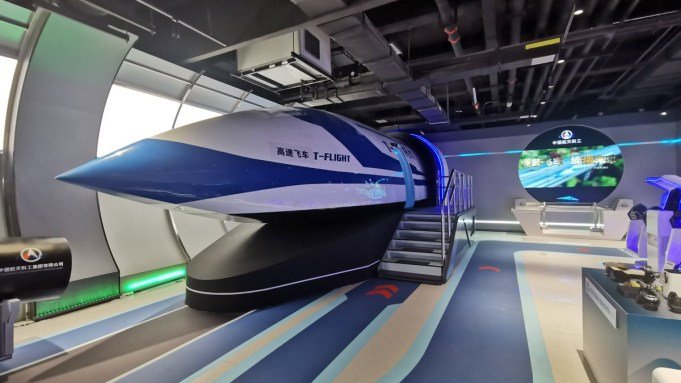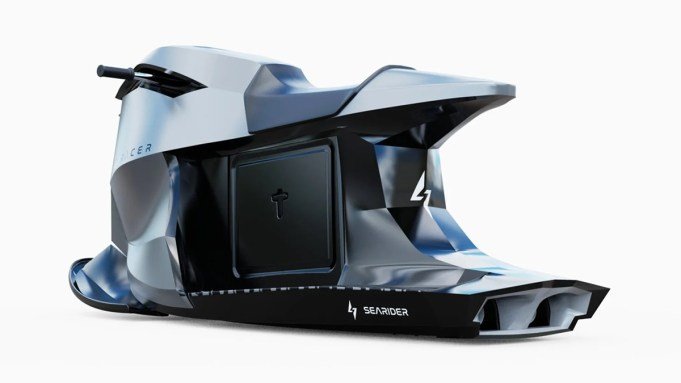China’s New Hyperloop Prepare Simply Hit a File 387 MPH Throughout Testing

China could soon have a train that is as fast as a plane.
The China Aerospace Science and Industry Corporation, or CASIC for short, just announced its new magnetically levitated (maglev) train soared to over 387 miles (623 km/h) during testing. It is the fastest speed ever achieved by a superconducting maglev vehicle, according to the state-owned outfit.
CASC designs, develops, and manufactures everything from spacecraft to missiles, but is currently working on a hyperloop. The company has built a section of low-vacuum tube that is roughly 1.2 miles (2 kilometers) in a facility in the Shanxi province of China, as reported by New Atlas. It has conducted numerous tests over the past several months, but this is the first time its T-Flight train has broken a record. The “high-speed flier” reportedly eclipsed the highest-recorded maglev speed of 375 mph (603 km/h) set by the Japanese L0 Series train, though CASIC did not disclose the exact top speed.
So, how does the train work? As its moniker implies, the magnetic-levitation system uses magnets to push the train up off the track and propel it forward. This means the train floats off the rails and rides along a cushion of air. As such, maglevs are both quicker and quieter than conventional trains. Since they don’t create direct emissions, they’re better for the environment, too. Maglev trains are already used in China, South Korea, and Japan, but operate at slower speeds.
Hyperloop One was forced to shut down in December 2023.
Courtesy of Virgin Hyperloop One
CASIC says it is happy with the T-Flight’s most recent test, adding that it validated the interaction between the test tube, the vehicle, and the track. Phase two of testing will see the track extended 37 miles (60 kilometers) so that the T-Flight can hit even higher speeds. The train is eventually expected to reach 621 mph (1,000 km/h), meaning you could get from Shenzhen to Shanghai in just over an hour. (For comparison’s sake, the fastest airliner currently in the skies, the Boeing 747, has a top speed of 652 mph.)
As you might imagine, maglev trains and their tubes are extremely expensive to build and progress can be slowed down by bureaucracy. Hyperloop One, formerly Virgin Hyperloop, shut down last year as it was strapped for cash, as reported by Bloomberg. Fortunately, CASIC seems to have relatively deep pockets. The company made a cool $37 billion last year, according to Forbes.
Authors
-

Rachel Cormack
Digital Editor
Rachel Cormack is a digital editor at Robb Report. She cut her teeth writing for HuffPost, Concrete Playground, and several other online publications in Australia, before moving to New York at the…
Read More
Source: Robb Report



